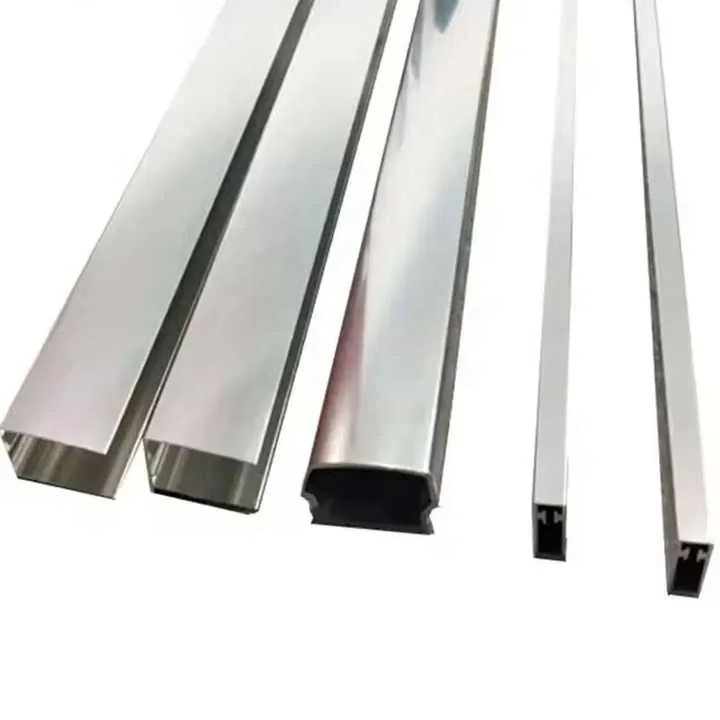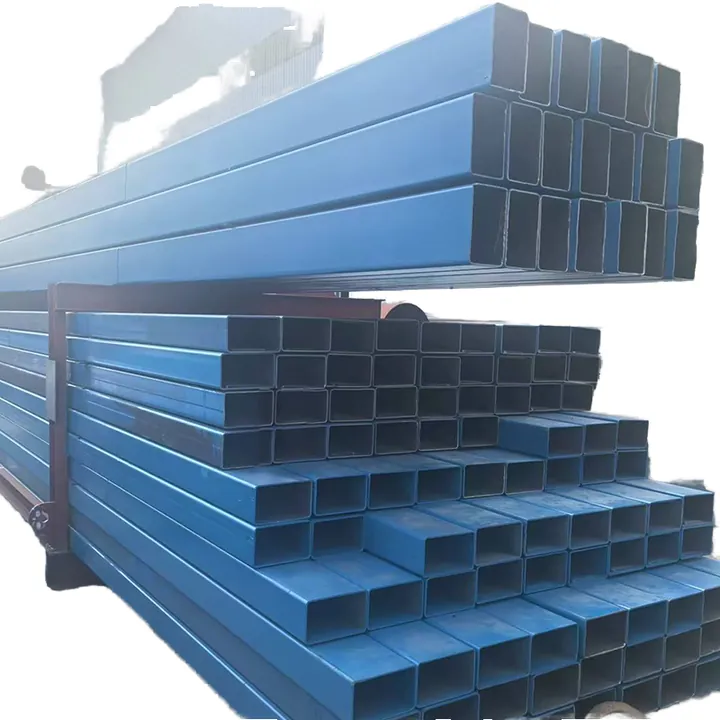Aluminum Extrusion vs Aluminum Casting: Which Method Yields Stronger Parts?

I often build prototypes using both extrusion and casting. Each method delivers different strength and performance.
Extruded aluminum aligns metal grains along the part’s length, boosting directional strength. Casting allows complex shapes but can include internal porosity.
Let’s analyze both and understand when each method is stronger.
Which method yields stronger parts: extrusion or casting?
I ran strength tests on parts from both methods. The extruded version always carried more load before bending or breaking.
Extrusion produces parts with aligned grain structure and low porosity. Cast parts typically have random grain distribution and may develop internal voids.

Dive deeper: Structure, grain flow, and strength
Grain orientation
- Extrusion pushes heated billet through a die, aligning aluminum grains with the profile. This gives parts better tensile and fatigue performance along their length.
- Casting pours molten metal into a mold. The grains form randomly and can trap gas or shrinkage pockets.
Tensile and fatigue behavior
| Property | Extrusion | Casting |
|---|---|---|
| Tensile strength | Higher | Lower |
| Fatigue strength | High | Medium to low |
| Porosity risk | Low | Medium to high |
In fatigue tests I did, extruded parts survived more than 500,000 cycles. Cast ones failed closer to 300,000 due to tiny voids growing into cracks.
Microstructure and defects
- Extrusion grain alignment also helps avoid stress risers.
- Cast parts may require X-ray or dye tests to detect pores.
So extrusion generally yields stronger parts, especially under cyclic load.
Quiz time:
Extruded aluminum parts typically have aligned grain structure.True
Extrusion aligns grains along the profile, boosting strength.
Cast aluminum parts are always denser than extruded parts.False
Casting can trap porosity, making parts less dense.
How do costs compare for extrusion vs casting?
Cost varies depending on design, volume, and finishing. I often price both methods for brackets and housings.
Extrusion has lower per-part cost at volume and cheaper tooling for simple profiles. Casting costs more in tooling but offers lower unit cost in very complex or high-volume parts.

Dive deeper: Cost structure comparison
Tooling and setup costs
- Extrusion requires a steel die. Die cost ranges from $2,000 to $10,000 based on complexity and size. Dies last for tens of thousands of cycles.
- Casting needs molds or tool sets costing $10,000 to $50,000 or more. Molds wear over time and need maintenance.
Per-part cost components
-
Material usage
- Extrusion: low scrap, high yield.
- Casting: runner systems produce scrap that must be trimmed and recycled.
-
Labor and machining
- Extruded parts often need minimal machining.
- Cast parts usually require more machining to achieve tight tolerances or remove gates.
-
Batch economics
- For batches over 10,000 units, extrusion cost per part can drop to $8–12.
- Casting may reach $6–10 per part if volumes justify tooling expense.
-
Short runs
- For runs under 1,000 units, machining billet or low-volume casting techniques (like sand casting) may be more cost-effective.
Summary cost table
| Volume | Extrusion Tooling Cost | Casting Tooling Cost | Extrusion Unit Cost | Casting Unit Cost |
|---|---|---|---|---|
| <1,000 | $2–10K | $10–50K | $12–15 | $10–20 (sand casting) |
| 1K–10K | Spread over units | Spread over units | $8–12 | $8–12 |
| >10K | Spread thinly | Spread thinly | $6–10 | $6–10 |
I priced a 5,000-unit bracket both ways. Extrusion tooling was cheaper. Casting mold cost more, but per-part cost evened out due to minimal machining.
Quiz time:
Casting always costs less than extrusion in every scenario.False
Casting tooling can be expensive at low volumes, making extrusion cheaper in some cases.
Extrusion has lower tooling cost for simple profiles.True
Extrusion dies are usually cheaper for long, uniform shapes.
Which technique allows more design freedom?
I once designed a heat sink and a complex housing. One worked as an extrusion, the other only as a cast part.
Casting supports full 3D shapes, overhangs, cavities, and surface textures. Extrusion limits parts to a constant cross-section, but you can add features later.

Dive deeper: Design flexibility
Geometry constraints
- Extrusion: cross-section of part is constant along its length, so shape variation must be done with post-process machining.
- Casting: supports overhangs, internal cavities, ribs, and boss features directly in one mold. No need to weld or join.
Integrating complex parts
- Use casting when you need integrated bosses, wall thickness changes, internal channels, or embedded details.
- Use extrusion for frames, beams, rails where cross-section uniformity is acceptable.
Textures and branding
- Cast parts can include logos, texturing, and textured surfaces during mold making.
- Extrusions have smooth walls; textures can be added later with milling or coating.
Tooling impact on design
- Cast molds can be expensive but give full geometry control.
- Extrusion dies cost less but design has to be cross-section-first.
One example: I used extrusion for a heat sink fin array and casting for its enclosure—with features that couldn’t be extruded.
Quiz time:
Extrusion can create internal hollow cavities easily.False
Extrusion only creates open profile along its length, not closed cavities.
Casting supports integrated bosses, ribs, and textures in a single mold.True
Casting molds can include complex details directly.
Which finish is better for structural applications?
Finish matters for structural parts. I’ve finished both extruded and cast components and noted differences in outcome.
Extruded parts take anodizing very well, especially for structural components. Casting works too, but may need more machining to prepare surfaces. Powder coating also works, with different pros and cons.

Dive deeper: Surface finish for structural strength
Anodizing for strength
- Extrusions have uniform thickness. Anodizing adds a hard oxide layer that enhances wear, corrosion, and fatigue life without thick coatings.
- Casting parts need thorough machining to remove mold marks and gating before anodizing; otherwise coating hides but does not strengthen.
Powder coating and painting
- Both processes work for both methods.
- Powder coat covers defects and adds a protective barrier.
- Thickness can build up gaps or cover small cracks if parts are not prepared well.
Machining and finish impact
- Extruded parts typically require less machining, so finishes stay consistent and thicknesses predictable.
- Cast surfaces often need face-milling or machining before assembly; that adds complexity to finish process.
Structural integrity and inspection
- Extrusion parts are usually void-free and strong after anodizing.
- Cast parts need scanning to detect porosity before load testing or structural use.
After coating, extruded beams carried more load before deflecting than cast beams with same thickness and finish.
Quiz time:
Anodizing builds structural strength in extrusion parts.False
Anodizing provides surface protection but does not increase core mechanical strength.
Anodized extrusion parts resist fatigue stress better than cast parts.True
Extrusion grain alignment and sealed surface improve fatigue life.
Conclusion
Extrusion delivers stronger, grain-aligned parts with lower long-term cost for uniform profiles. Casting gives full geometry freedom but may suffer from porosity and needs careful inspection. Structural hardware often favors extruded and anodized parts, while casting shines when shapes are complex. Choose based on volume, shape, strength, and finish needs.



